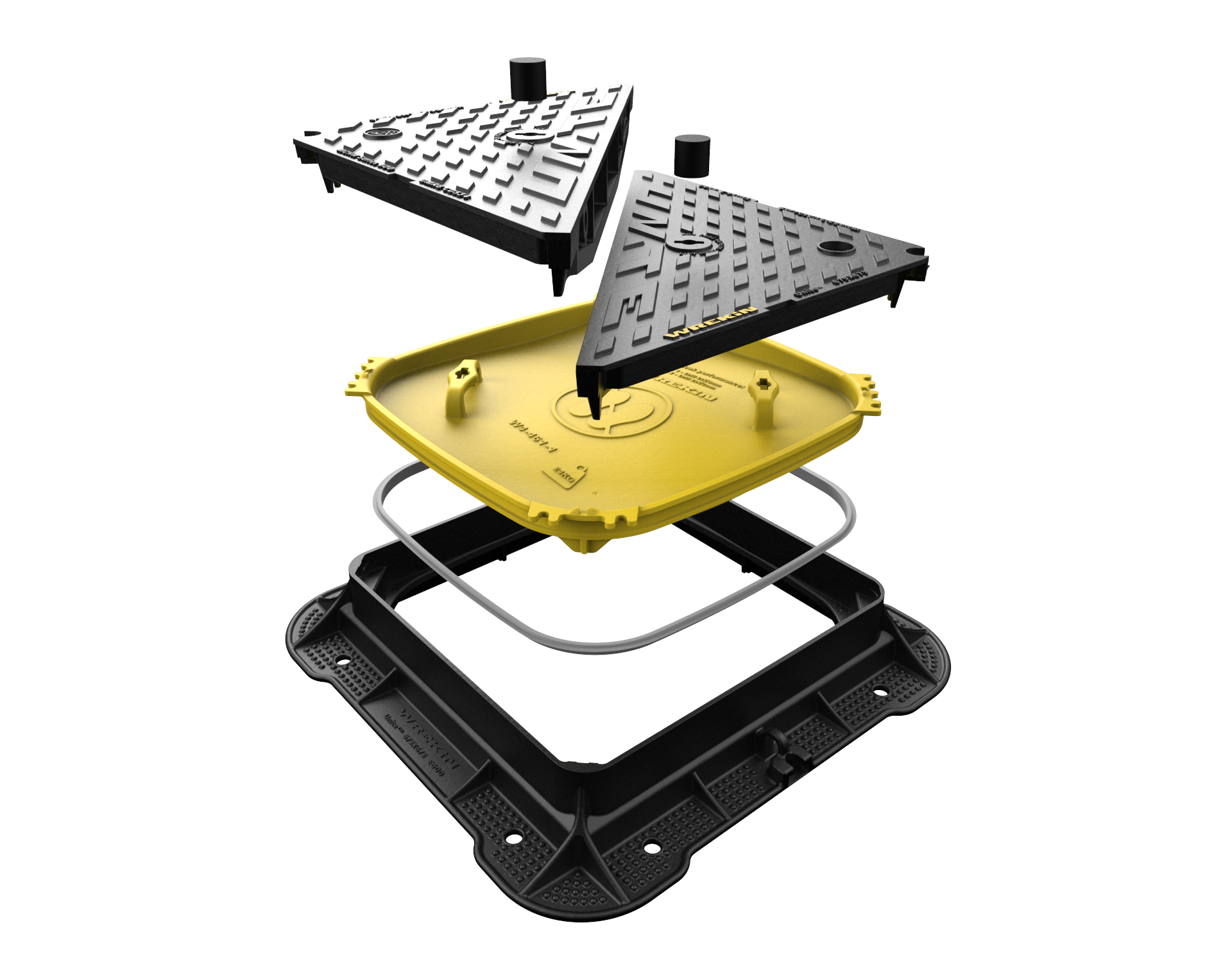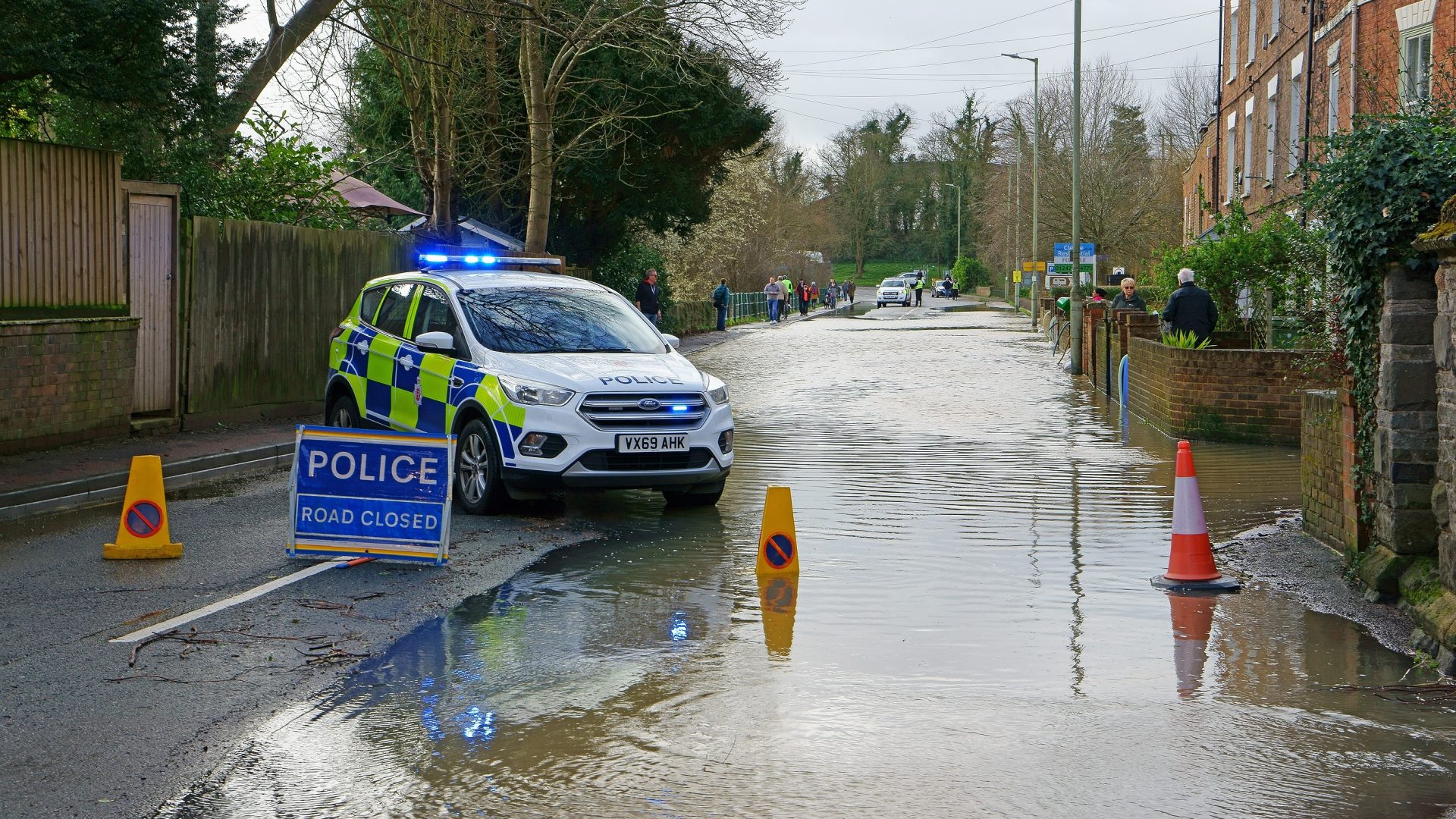
As climate change increases the likelihood of heavy rainfall that can lead to localised flooding in many parts of the UK, and with the resulting pressure on our sewers, the drainage solutions sector has an essential role to play in supporting our infrastructure.
Barry Turner, technical manager at civil engineering specialists Wrekin Products, discusses why low-leak manhole covers have a key role to play and how their adoption must change.
“Our country’s infrastructure is not fit to deal with weather extremes such as heavy rainfall, which can cause local flooding events – and the more that occurs, the more vulnerable the manhole cover installations on our drainage network will become,” warns Barry.
“We need a more robust and cost-effective approach as these flooding events become more common through the devastating effects of climate change.”
Wrekin’s technical manager believes one of many solutions could be the use of consistent low-leak manhole covers to slow down the amount of surface water entering sewers during a storm. Barry says Water UK’s Sewers for Adoption regulations – which govern the standards needed for installing sewage and wastewater systems – ideally need to quantify the amount of acceptable leakage levels through manhole covers, as well as specifying the mandatory use of low-leak apparatus on foul-only sewers.
What are the issues?
Water enters the sewer systems through a number of leakage pathways, including manhole cover chamber openings. These openings are required to be a ‘low-leak’ type, under Water UK’s controlling standard – but it doesn’t specify what the leakage level should be, says Barry.
An unrestricted flow of water can cause internal flooding that overwhelms the pumping stations, for example. It has to be let out somewhere, often resulting in emergency fall-out of sewage into national waterways.

Why are low-leak manhole covers so important?
They allow the water to percolate in, slowly and controlled, rather than all at once – which allows the sewer systems to deal with the smaller additional fluid volume. Low-leak covers are currently specified rather than fully sealed ones, but the latter prevent any water from entering and contribute to surface flooding.
This lack of drainage also results in ‘ponding’ around the cover, which is a hazard to traffic and accelerates corrosion of the manhole covers.
Are low-leak covers commonplace?
They are generally available from most UK suppliers but often need to be specified from the start as the assembly is usually a factory fitment. Furthermore, enquiries for these accessories often don’t equate to the number of covers intended for use on sewer systems.
Thankfully, as well as the factory-fit low-leak seal plate we offer, we’ve also developed a retrofit design. The retrofit design means the seal plate can be added later if a client realises their site is vulnerable. Indeed, leakage through these features can be as low as 0.8 litres/m2/hour.
How can the industry be encouraged to adopt covers fit for purpose?
I believe there are three approaches. Firstly, whoever owns manhole cover assets needs to check individual installations for any applicable low-leak requirements – including their current capability – and seek to either source the low-leak feature or replace their cover assemblies where a vulnerability is discovered.
Secondly, the Sewers for Adoption (The Code) regulations need to be more specific about the meaning of ‘low-leak’ when referring to manhole covers fitted on foul-only sewer systems. Currently, it specifies low-leak capability for such systems but fails to quantify what this means in volume leakage terms. Due to this ambiguity, it’s currently left to manufacturers’ discretion as to what constitutes a suitable low-leak feature.
And thirdly, the government needs to consider implementing robust policing of relevant legislation that ensures low-leak features are used as a matter of course on foul-only sewers which, of course, is then likely to result in them becoming more economical to fit.
Irrespective of this, it’s encouraging to see so much government and industry discussion around the issues of climate change and flooding, and a review of water utility specifications to ensure the inclusion of low leakage equipment on foul sewers can only improve the situation for all.



